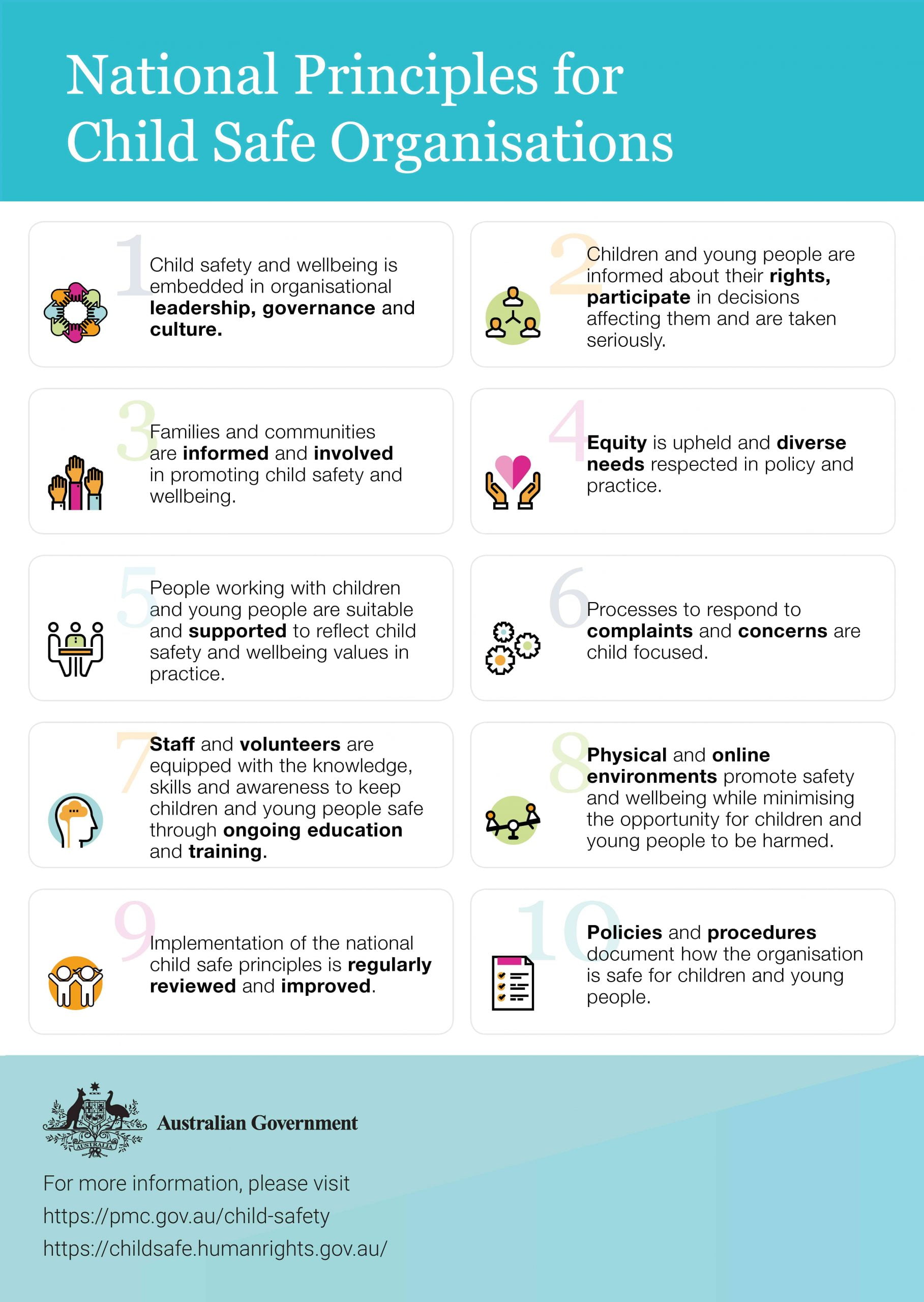Protecting children and young people is at the heart of SMR’s services.
This is in line with the teachings of Jesus whose actions proclaim children as the ‘greatest in the kingdom of heaven’ and exhorts his followers to welcome them in his name (Matthew 18:1-14, Mark 9:37 & Luke 9:48).
We are committed to helping our clients provide ministry programs and events that are both child safe and child friendly. This includes being proactive in our approach to child protection by empowering children to be ‘abuse proof’, and working with parents and the community in creating safe organisations.
We live in a country which has high commitment to keeping children and young people safe. We see this expressed in legislation and government policy relating to the protection of children and vulnerable people.
It is essential that those who work with children and/or young people can access up to date information about protecting them.
This page has links to state and territory websites which provide guidance for creating child safe environments, and reporting concerns about children.
State and territory governments are working towards, or have already made, a commitment to these standards, and at a national level these standards have become the 10 National Principals for Child Safe Organisations.
These weblinks will provide you with helpful government, and some non-government, information about protection of children and young people in Australia.
STATE & TERRITORY GOVERNMENT CHILD PROTECTION AGENCIES FOR REPORTING ABUSE
STATE & TERRITORY
CHILDREN’S COMMISSIONS/GUARDIANS
OTHER HELPFUL WEBSITES


Safe Ministry Resources can also provide customisation services to your organisation for the implementation of the Safe Community Framework.
The Safe Ministry/Community Framework is developed and owned by Safe Ministry Resources Pty Ltd. It is freely available to organisations to use and adapt with permission. Please contact us at [email protected] to seek permission.
Disclaimer: These publications are not legal advice. The ideas and procedures herein are based on nationally recognised good practice advice and have been written with due regard to Australian legislation March 2020. Legal advice may need to be sought when responding to individual incidents.


